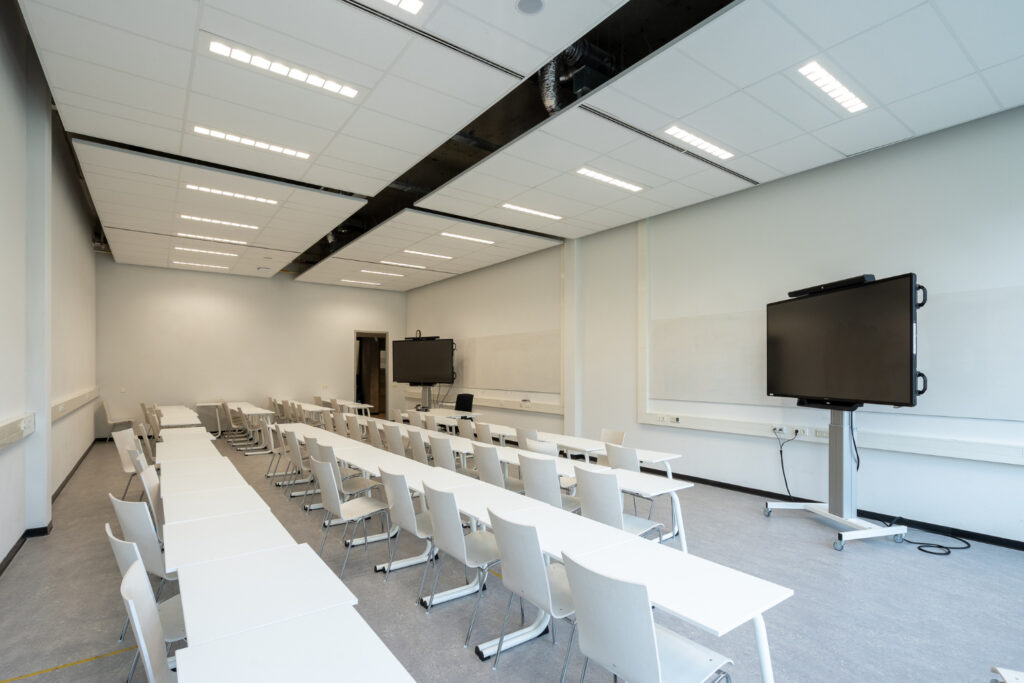Projectors play a crucial role in both non-profit organizations and educational institutions, facilitating various activities aimed at delivering information, enhancing learning experiences, and promoting engagement. Here’s how projectors are commonly utilized in these settings:
Classroom Instruction: Projectors are widely used in classrooms to display educational content, including slideshows, presentations, videos, and interactive multimedia materials. Teachers and instructors can utilize projectors to deliver lectures, conduct demonstrations, and engage students in discussions.
Distance Learning: With the rise of online education and remote learning, projectors are essential for delivering synchronous or asynchronous lessons to remote students. They enable educators to broadcast live lectures, virtual classrooms, or pre-recorded instructional videos to students located in different locations.
Visual Aid for Presentations: Non-profit organizations often use projectors to enhance presentations during meetings, seminars, workshops, and fundraising events. Projected visuals can effectively complement spoken content, making presentations more engaging and informative.
Community Outreach and Awareness Campaigns: Non-profits frequently use projectors for community outreach activities, such as organizing awareness campaigns, public screenings, and informational sessions. Projectors enable organizations to display multimedia content, such as documentaries, infographics, and testimonials, to raise awareness about social issues, promote advocacy, and mobilize support.
Training and Capacity Building: Non-profits and educational institutions use projectors for training programs, workshops, and capacity-building initiatives aimed at staff, volunteers, or community members. Projected presentations, tutorials, and simulations can facilitate skill development, knowledge transfer, and capacity building in various areas, such as healthcare, agriculture, entrepreneurship, and disaster preparedness.

